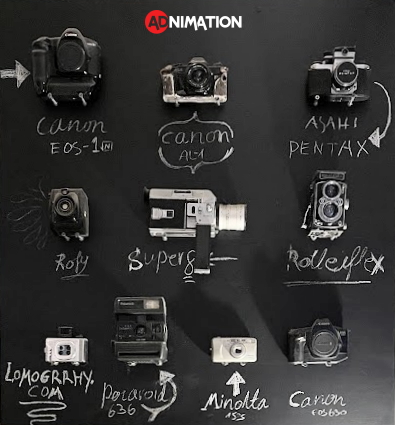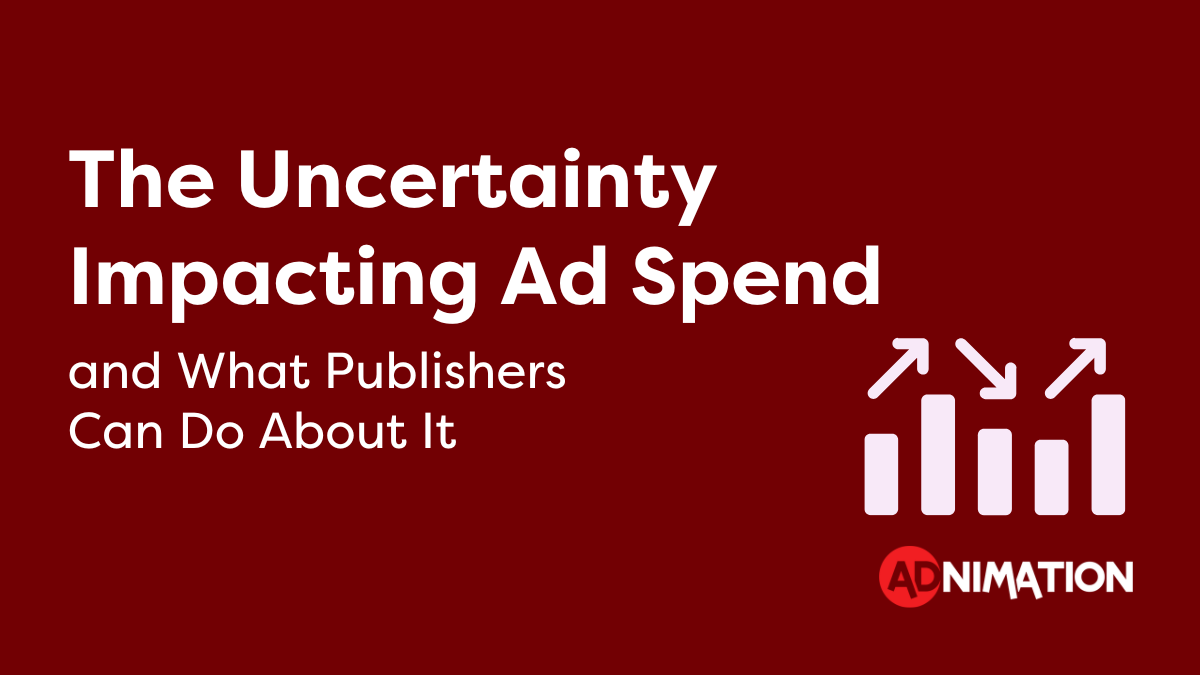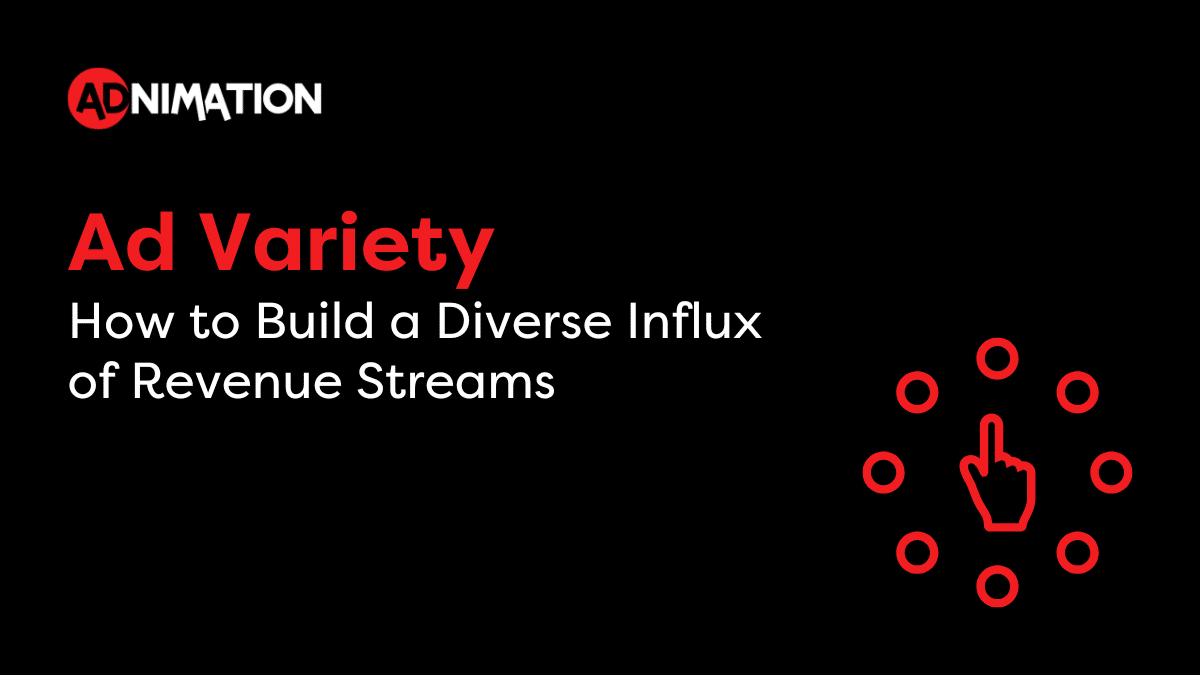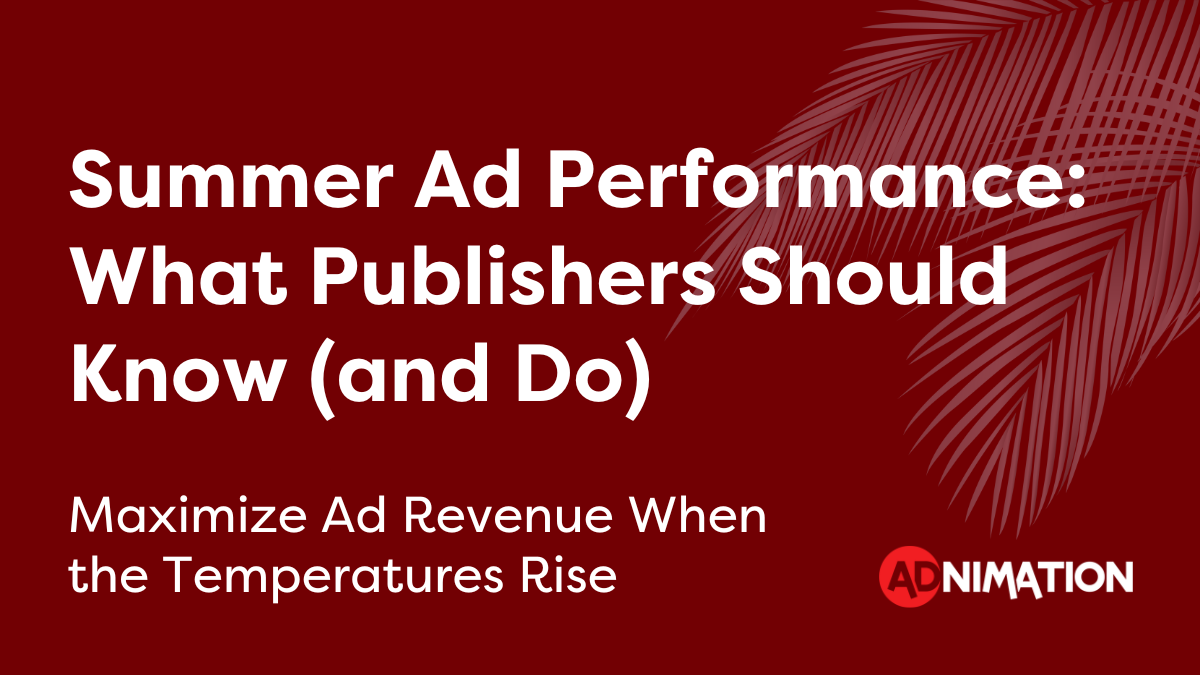Ads are key drivers of commerce. Advertising helps the consumer to make the best purchasing decision by providing information about the product. The most common advertisement is the one that is published on the Internet. This type of advertising crowds out all the others. Technologies today provide many opportunities for advertising any product. Therefore, with just a few clicks, businesses can set up a campaign that can bring them customers and income. The number of sophisticated tools used for this is constantly growing. As a result, nowadays, we can’t imagine a modern advertising campaign without special software. Read on for more details of Ad Tech Terminology.
What is Ad Tech?
Ad Tech (Advertising technology) combines various digital analytical tools that specialists use in the advertising market to manage and analyze advertising campaigns. Ad Tech covers all processes related to advertising campaigns. The mentioned includes all relevant information, and metrics, including views, purchases, impressions, and unique users.
Using Ad Tech, advertisers collect massive amounts of audience data. Later, they accurately determine their target audience, set targeting parameters and evaluate the return on investment of a campaign. Based on the information received, advertising technologies allow personalizing advertising communications and showing ads to the target audience.
The article will explain some of the most common items of Ad Tech terminology.
Ad Exchange
It is a virtual marketplace where advertisers meet with website publishers to buy ad space. Often this communication is based on real-time auctions. Ad formats can range from desktop banner ads to mobile video ads. On the ad exchange, trades are held for the sale of the displayed advertising inventory.
Ad Inventory
It is the advertising space that the publishers to the advertiser for placing ad units. The term is common for online advertising, but it also applies to traditional media. Online advertising inventory is often measured in terms of website traffic or the number of ad views a publisher can provide to an advertiser.
Ad Unit
This item of Ad Tech Terminology is a type of ad that app developers integrate into their apps and show users in order to monetize their web traffic. Ad units are informative offers in the form of media content (images or videos). A well-designed ad-block attracts buyers and promotes business development. There are many different types of ad units, including banner ads, interstitials, rewarded video ads, and playable ads. Each ad unit looks and behaves differently. However, the best advertising opportunities are those that offer a wide variety of mobile ad formats.
Ads.txt
Ads.txt is a text file in the main website folder that contains a list of companies that have the authorization to sell website inventory. It was introduced by the Interactive Advertising Bureau (IAB) in 2017 as a security provider for the programmatic advertising ecosystem. In particular, the IAB wanted to find a solution for a fraud that allows you to sell low-quality traffic under the guise of premium. It was pretty widespread: many advertisers were sold ad space on famous websites with high traffic, but in fact, their ads were broadcast on other, much less prestigious ones.
Click-Through Rate (CTR)
This metric shows what percentage of users who saw the banner (button or link) clicked on it. So, this metric measures the performance of your keywords, ads, and product information. If you have compelling ads and a good product, you can convince your target audience to click on it, and this will be reflected in the CTR. Therefore, as the numbers grow, you know you are doing something right, and your ad campaign succeeded.
Ad Tags
It is a piece of code on a web page that sends a request to the ad server to serve your ad at a specific location. For example, it can be a piece of HTML or JavaScript code combined with a URL from which the browser will request ads. Ad tags are placeholders for ad files on a publisher’s website. The tags contain information about the size, format, and other parameters of the ad unit.
Ad Server
It is an ad technology that allows you to manage, serve and track advertising or internal promotion on your digital resources. Also, the ad server provides broadcasting of advertising material to the publisher’s website, counts the number of impressions and clicks. Also, it has tools to optimize ad campaigns.
Cost Per Action (CPA)
It is a model of payment for advertising or online promotion services, in which the customer pays only for actions performed by visitors. Therefore, the advertiser doesn’t need to attract buyers or search for websites to place ad units. Indeed, the owners of the CPA network service are responsible for this action, and they interact directly with the owners of the websites. In addition, payment is on terms favorable to all participants. The advertiser pays for the service only if the client has taken action.
Cost Per Click (CPC)
It is the amount that the advertiser pays for a click on the ad made by the user. This metric reflects one of the popular advertising models on the Internet – payment for the targeted user action – Pay-Per-Click (PPC). The quality of the ad is the key factor that affects and the CPC indicator. Also, the ad needs to match the query that the user enters in the search bar.
Pay-Per-Click (PPC)
It is a payment model for online advertising in which the advertiser pays for clicks on the ad. PPC is a convenient tool for those who want to attract high-quality traffic to their website since this type of online advertising is closely related to the requests and expectations of users.
Contextual Targeting
It is the practice of serving ads based on the content of a website. Contextual targeting is the placement of the most appropriate advertisement in the right context.
First-Party Data
It is the advertiser’s own data. First-party data is the information about visitors and/or customers collected during their interaction with the website.
Real-Time Bidding (RTB)
It is a technology for purchasing display advertising impressions within the framework of an online auction of the second price in real time. The RTB auction is primarily for not at buying space to place ads but at buying impressions of these creatives specifically for target users.
Data Management Platform (DMP)
It is a multifunctional system that allows advertisers, agencies, publishers, and other parties to store and organize their first-party and second-party data and supplement it with third-party data. For that purpose, it collects and manages data from various open sources, makes it available to other platforms. DMP allows companies to obtain unique information about their customers and opens up limitless opportunities for marketers, such as conducting in-depth analytics, managing the assortment, building effective personalized communications with customers, etc.
Demand Side Platform (DSP)
It is a technology platform that represents the interests of the buyer and stores data about an ad campaign, its bids, and settings. Its purpose is to buy at the lowest cost requests that meet the advertisers’ requirements as closely as possible. With Demand Side Platforms, advertisers can buy ad placements across multiple platforms such as video, mobile, and display.
Supply Side Platform (SSP)
The last item of Ad Tech Terminology that we refer to is a technology platform that represents a seller and trades in ad inventory. Its mission is to sell ad inventory at maximum value. The Supply Side Platform is in constant interaction with the DSP, which transmits to the SSP the advertisers’ bids and requirements to the target audience, as a result of which there forms a choice for the winner of the RTB auction.
We hope that this article was useful and assisted you get familiar with ad technology terms. Also, you can visit the Adnimation website, where you can find lots of helpful information about the ad industry.




